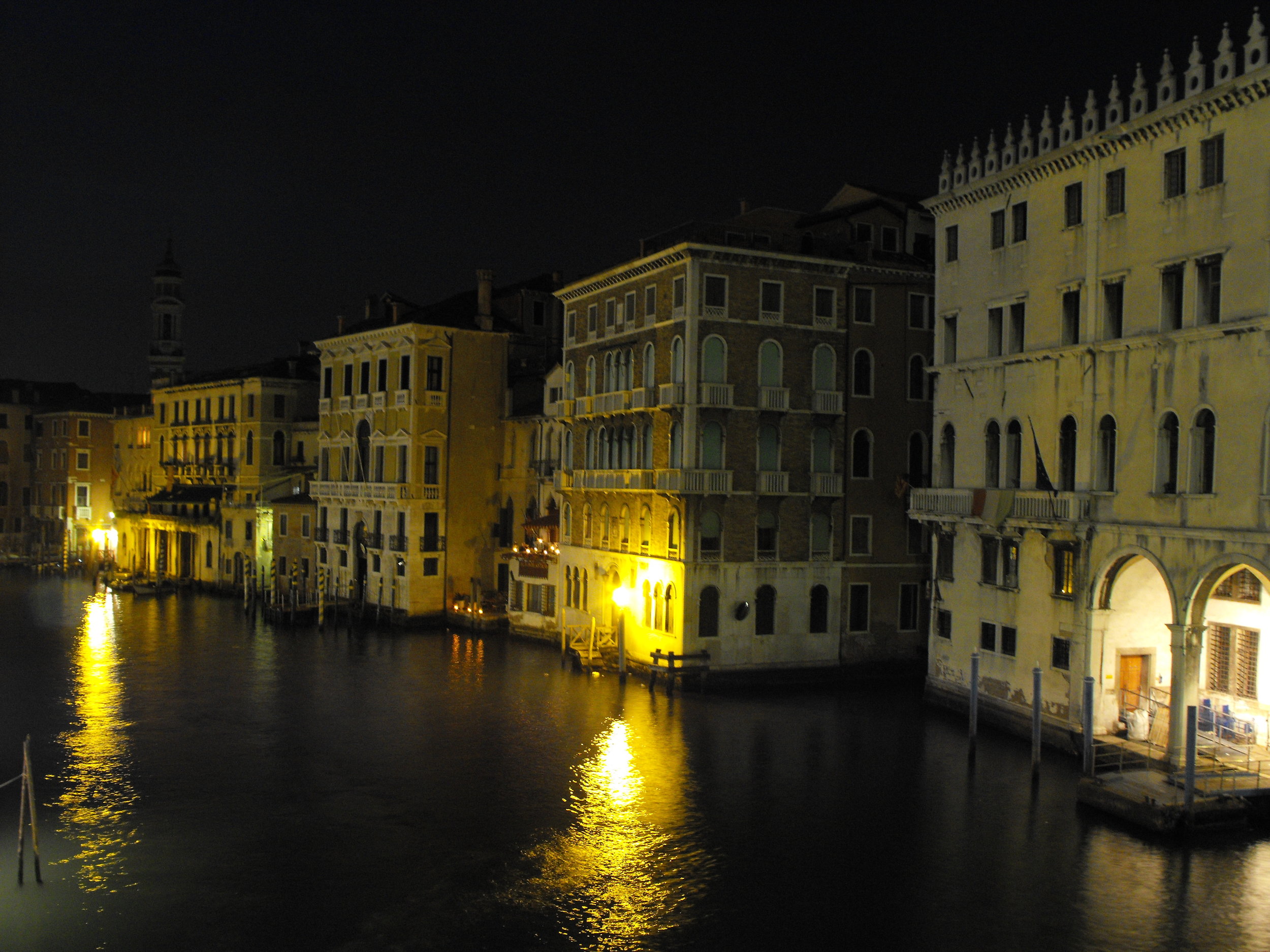Cornfields and Countryside
Sunday morning, and the dogs are expecting to be Priority Number One, so I'm debating where to take them for their walk. There are their usual haunts, Temple Newsam Park, or Roundhay Park, but in the end I settle on Leeds Country Way, a less travelled path.
Well it's less travelled now but I have a strong suspicion they're going to replace bits of it with the Leeds Outer Ring Road and that will have a completely different character.
Leeds Country Way is a series of walks around Leeds that go around the back of all sorts of little settlements, under motorway flyovers, along canals, places you would not normally even know exist. It has a forgotten feeling about it. We once found three terraced houses, standing on their own. Imagine the Tardis appearing in a field. They looked like that. Lifted from an inner city street and just planted there. With a rather odd pub next to them that was so off-worldy and unwelcoming, it made the Children of the Damned look like the Brady Bunch.
There's something about the rural bit around a city - it goes rural real quick. You sidestep past gentrified villages, and end up in a place with dead end streets, derelict farms, and a dry wind blowing through the yards. If you drive down Manston Lane, on the east side of Leeds, it goes past some new housing estates, and then the road narrows, and so does the mindset of any of the remaining residents. They tend to stare at you balefully with uncomprehending eyes and say things like "You're not from these parts, are you?"
If you imagine Deliverance, but without the banjos, you've pretty much got it.
I'm not really selling it, am I?
Anyway, there are some loosely defined 'walks' down here, and that's where we went today, and at one point I bore left instead of right and found myself in the middle of a wildflower meadow. I can't exactly tell you where I was, partly because I was lost but also because I suspect I was trespassing. Any walk which ends with you having to lift your dogs over the barbed wire fence onto the road in full view of the farmhouse, I'm pretty certain has included trespassing.
Anyway, the meadow - the flowers were waist high, and they were literally buzzing with life, every flower had a bee, hoverfly, or beetle on it. You could literally hear nature humming.
Obvs I have my camera with me, but I'm fairly certain the reason for all this serendipitous insectivoral fecundity was linked to the fact that a) I have left my macro lens at home and, b) God knew I would and is messing with my head.
So I made the best of it, and took photos with what I had.
This is the meadow (all photos can be seen full screen if you click on them)
Canon 5DSr, 24-70mm L lens, ISO 100, two exposures, polarising filter
I took two photos of this in rapid succession, two different exposures and then merged them together painstakingly in photoshop. No doubt I will find an automatic way to do this some day but for now it involves 'painting' out either the sky or the land, and being very, very careful about the join between the two, so you get a balanced exposure.
This is quite tricky when you're using a mouse on the side of a door, basically what my office desk is. I think my mouse must have arthritis because it moves painfully and in jerks.
The following photos were produced the same way. Several shots at different exposures, to get the sky and the land balanced, and blended together by hand.
You can do this using something called HDR technology. HDR stands for High Dynamic Range and you can get most camera software to do it (a lot of cameras can even do it in-camera). The camera takes three shots in quick succession, one over exposed, one under exposed, one just right (a lot of photography is based on the same principles underpinning Goldilocks and the Three Bears...) and then software balances them out, with multiple algorithms working together to get the end result (or, if you have a deep mistrust modern technology, you can this of this as a number of very small pixies inside your camera all furiously working at painting the same picture).
I confess I don't particularly like HDR photography, as an HR Manager, one can never completely switch off and I have some concerns about the working conditions of the pixies and whether they get appropriate breaks and a reasonable pension scheme, but the real reason is that the pictures somehow seem to come out looking a bit burnt and fake.
Walking a bit further, I found a cornfield, under a deep blue sky.
Directly beyond this hill is the main Leeds to York Railway Line, then behind that Thorpe Park Retail and Housing Development, and beyond that Leeds. But you'd never know, would you.
Canon 5DSr, ISO 100, 24-70mm lens, various exposures and one dog
Tomorrow, I am off to Welwyn Garden City, which I am hoping will be similar to the Hanging Gardens of Babylon, it certainly sounds lovely. I am driving 170 miles to get a firmware update to my macro lens. It was either that or chance putting it in the post for a third time and risking not having it for when I go on hols.
Live fast, burn brightly, leave a very old corpse. At least I think that's how the saying goes... I've certainly skipped past the 'die young' bit...





